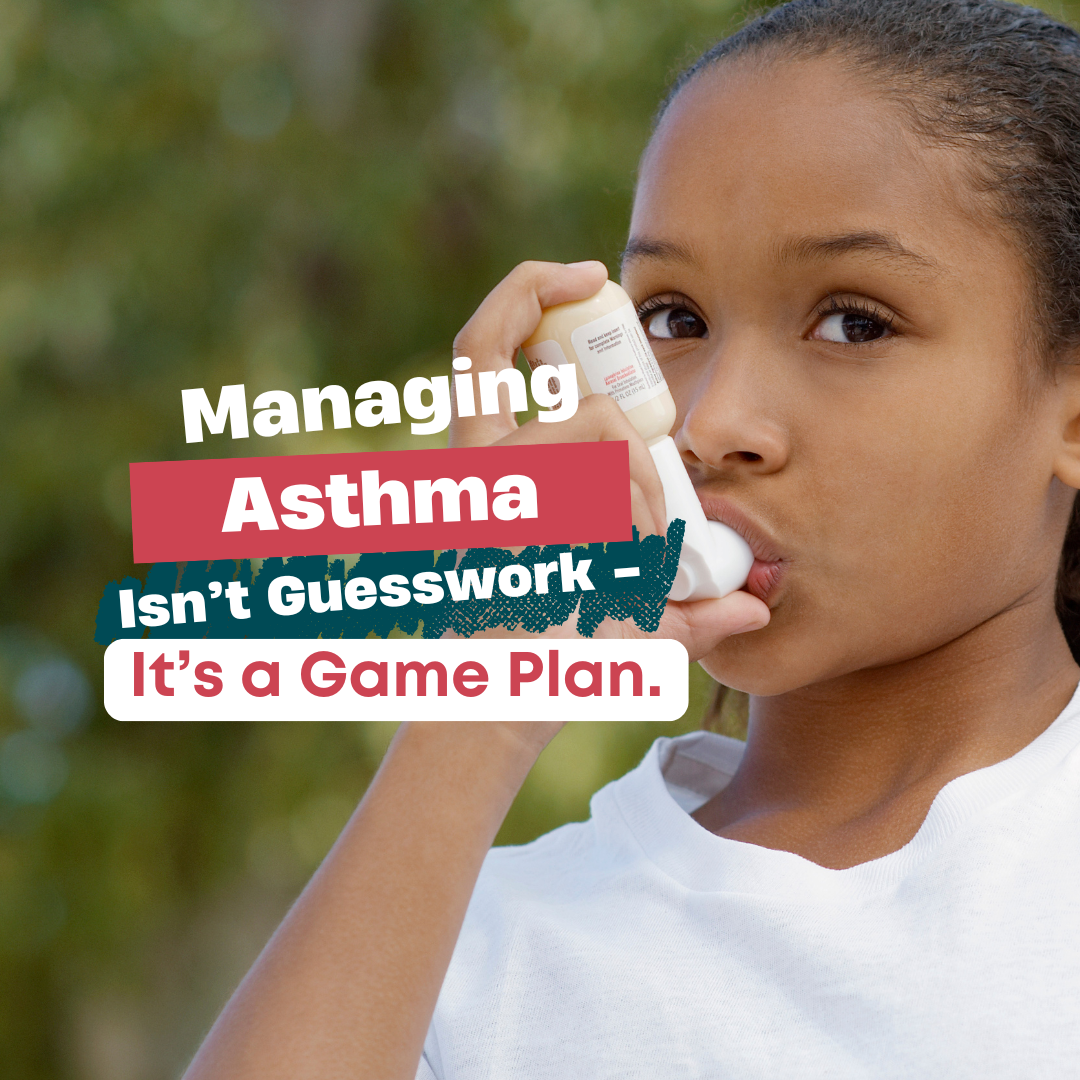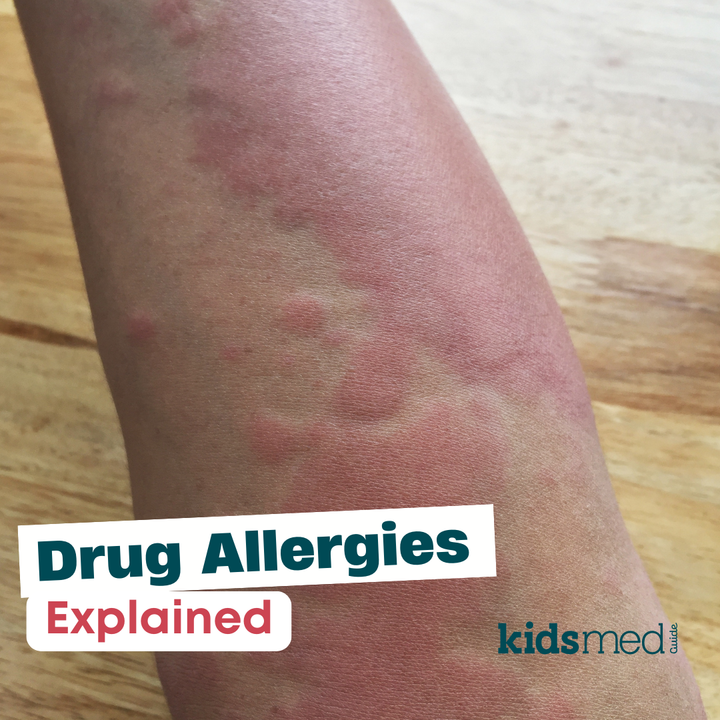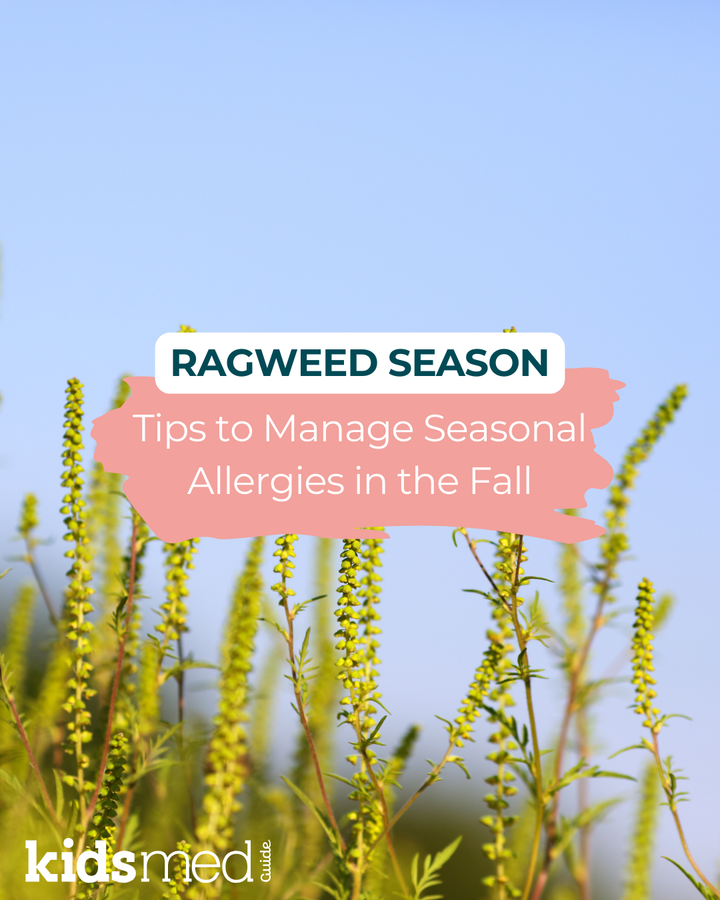Understanding Your Child's Asthma Action Plan

Asthma is a chronic disease of the lungs in which the patient's airway is inflamed, making breathing difficult and causing coughing or wheezing. The lung and airway tissue is sensitive, like a toddler whose favorite show has ended or a preteen styling their hair. It must be treated carefully.
Jokes aside, asthma is one of the most common childhood illnesses. It accounts for many doctor's visits and emergency room trips each year. Asthma attacks are scary for patients and parents and can be very serious. Appropriately treating asthma during all stages, including periods of relative health and periods of asthma flare-ups, is essential.
The good news is that because asthma is so common, it's also well-studied and researched! Numerous treatment options and solid, evidence-based guidelines provide a foundation for the best treatment plans.
While asthma is common, it's also highly individual. Each child or person with asthma may respond differently to certain medications or environmental triggers. Therefore, an asthma action plan is established to help patients stay on track and manage their asthma confidently.
What is an Asthma Action Plan?
An asthma action plan is a written, personalized guide created by your child's healthcare provider. It outlines step-by-step instructions for daily asthma management, as well as instructions on what to do when symptoms worsen.
Every child with asthma should have an asthma action plan, and all caregivers, including parents, babysitters, and school nurses, should have a copy and be familiar with it. If your child is developmentally mature enough, they should learn it, too!
The plan helps everyone involved in your child's care respond quickly and effectively to asthma symptoms.
For downloadable examples of asthma action plans, check out these references:
- NIH National Heart, Lung, and Blood Institute Asthma Action Plan
- American Academy of Allergy, Asthma & Immunology Asthma Action Plan for Home and School
Why Your Child Needs an Asthma Action Plan
Children can't always explain how they feel or when something's wrong. An asthma action plan eliminates the guesswork in asthma care by providing clear instructions based on how your child is looking or acting.
An asthma action plan also helps parents react proactively to known asthma triggers. For example, suppose you know your child is sensitive to pollen. In that case, you can refer to your plan to escalate care BEFORE asthma flare-ups occur.
Key benefits:
- Tailored to your child's needs and asthma triggers
- Reduces the risk of emergency room visits
- Promotes independence as your child learns to manage their health
Learn more about asthma action plans and asthma triggers from the American Academy of Pediatrics (AAP).
Understanding the Zones: Green, Yellow, and Red
Most plans use a color-coded system to make it easy to know what to do. The colors are intuitive, helping kids and caregivers stay on track. Following the asthma action plan should keep kids healthy and avoid emergencies.
Fans of Paw Patrol® will know - Green Means Go!
Plans may vary, but in general, for kids, you can expect a plan with colored sections that indicate something like this:
🟢 Green Zone – Doing Well
- No symptoms, represents a typical day when a child is feeling well.
- Peak flow: Varies by individual, but possibly around 80–100%.
- Action: Continue daily medications and avoid triggers.
🟡 Yellow Zone – Caution
- Coughing, mild wheezing, chest tightness, or anticipation of a major trigger like high pollen, cold temps, or a viral illness. Your child is not 100% well and may start to wheeze, cough at night, etc.
- Peak flow: Varies by individual but typically ranges from 50% to 79%.
- Action: Follow everything in the green zone, but add yellow zone options as instructed. Use a quick-relief inhaler, monitor the condition closely, and follow the plan's instructions.
🔴 Red Zone – Danger
- Severe symptoms, trouble breathing or speaking. This could be an asthma attack that doesn't resolve with a quick-relief inhaler or any symptoms that concern you, such as labored breathing, flared nostrils, or retractions.
- Peak flow: Varies by individual but may be below 50%.
- Action: Use a quick-relief inhaler and seek emergency care immediately. For breathing emergencies, call your doctor, visit the emergency room, or call 911.
What Should Be in the Plan?
- Child's name and asthma severity
- List of daily controller medications with dosages
- List of quick-relief medications with dosages
- Peak flow values (if applicable) - these vary by individual
- Instructions for each asthma zone
- Emergency contacts and hospital info
- Known asthma triggers to avoid
Tip: Share copies with your child's school nurse, teachers, caregivers, and babysitters.
How Often Should You Update It?
- At least once a year
- After medication changes
- After ER visits or hospitalizations
- If asthma symptoms worsen or become more frequent
Parent Tips for Using the Plan
- Practice with your child so they recognize symptoms early
- Teach others how to follow the plan
- Keep inhalers and the action plan in easy-to-find places
- Use a medication tracker or app to stay consistent
Final Thoughts
A personalized asthma action plan brings peace of mind and empowers you and your child to manage asthma confidently.
If your child doesn't have an action plan, ask your pediatrician or asthma specialist to create one at your next visit. It's more than just a document—it's a powerful tool that can prevent emergencies and improve your child's quality of life.
The following references were used to compile this information:
2020 Focused Updates to the Asthma Management Guidelines | NHLBI, NIH. (2020, December 3). https://www.nhlbi.nih.gov/health-topics/asthma-management-guidelines-2020-updates
Asthma Action Plan | NHLBI, NIH. (2020, December 3). https://www.nhlbi.nih.gov/resources/asthma-action-plan-2020
What is an Asthma Action Plan? (2021, January 19). HealthyChildren.Org. https://www.healthychildren.org/English/health-issues/conditions/allergies-asthma/Pages/What-is-an-Asthma-Action-Plan.aspx?_gl=1*1wsykf7*_ga*OTM2NTE5MDg4LjE3NDcxNTk3Mjg.*_ga_FD9D3XZVQQ*czE3NDcyMzI3NzMkbzMkZzEkdDE3NDcyMzQzOTgkajAkbDAkaDA.
What Is Asthma? - HealthyChildren.org. (n.d.). Retrieved May 14, 2025, from https://www.healthychildren.org/English/health-issues/conditions/allergies-asthma/Pages/What-is-Asthma.aspx



